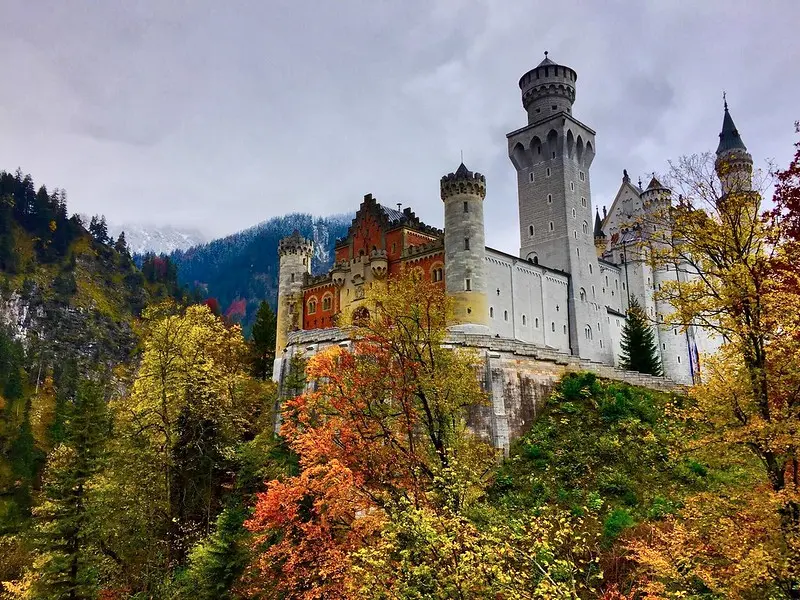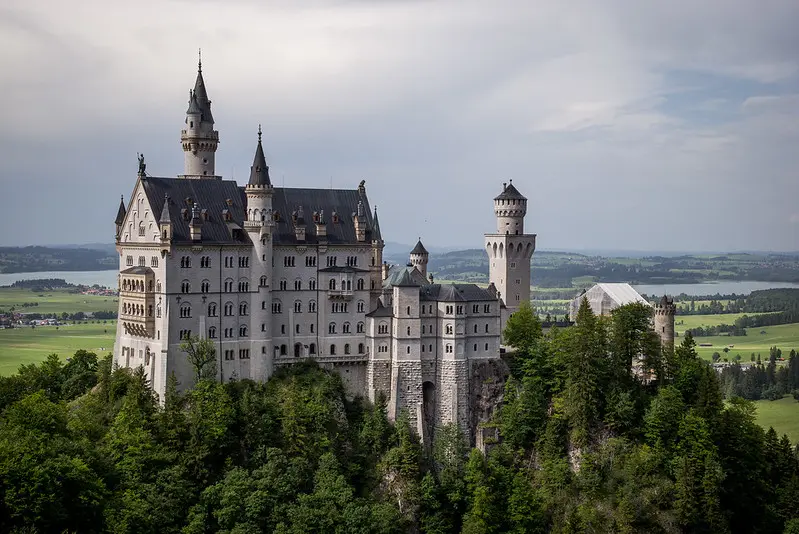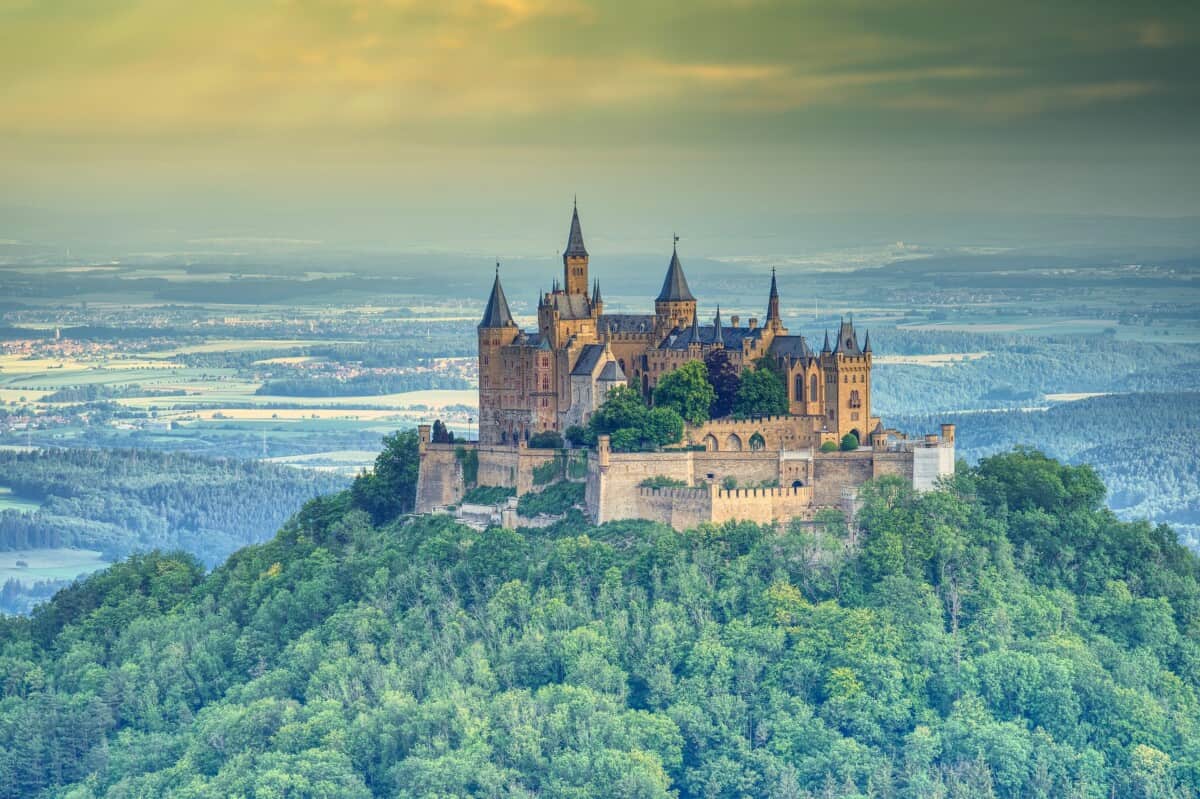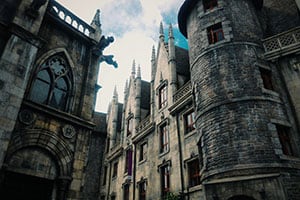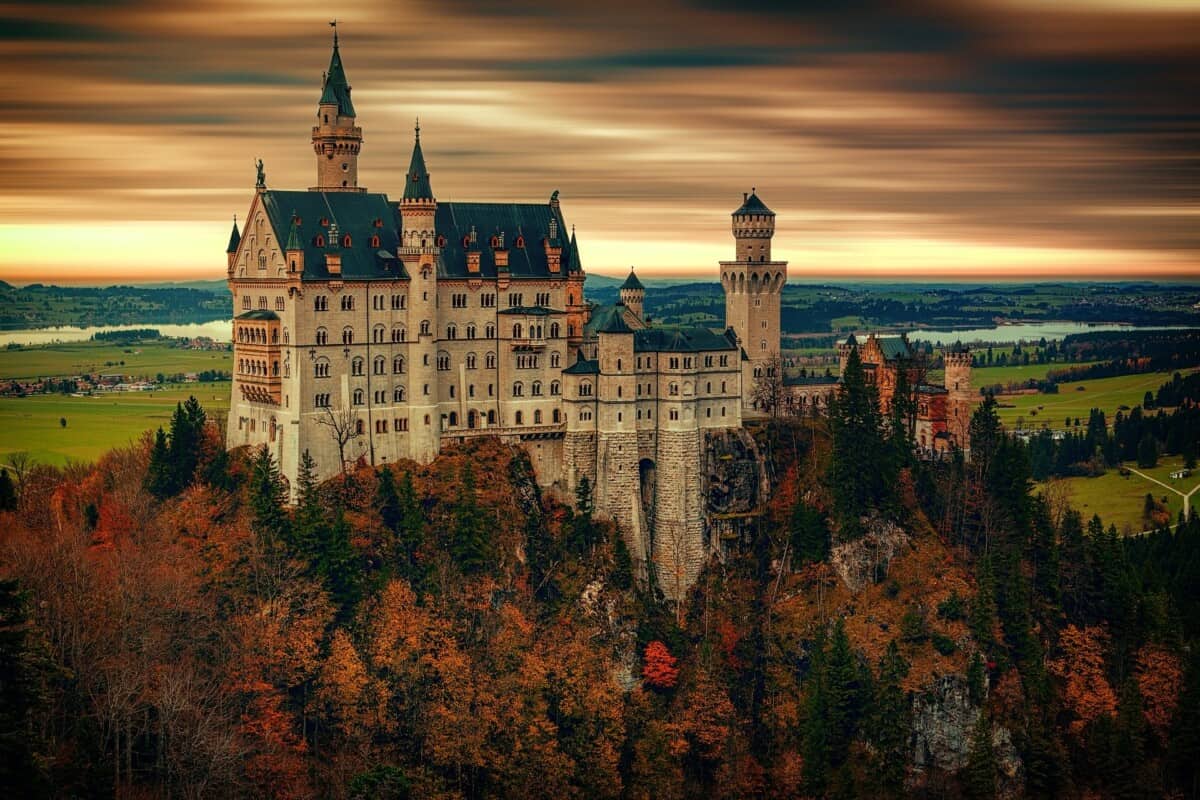The DISNEY CASTLE in GERMANY
The Disney castle in Germany is almost unforgettable in today’s world. The childhood of almost every person born from the 90s downwards is incomplete without at least one story involving the Castle. The Cinderella story, Rapunzel and the long hair, sleeping beauty, beauty, and the beast, etc., all featured the Disney castle in one form … Read more

